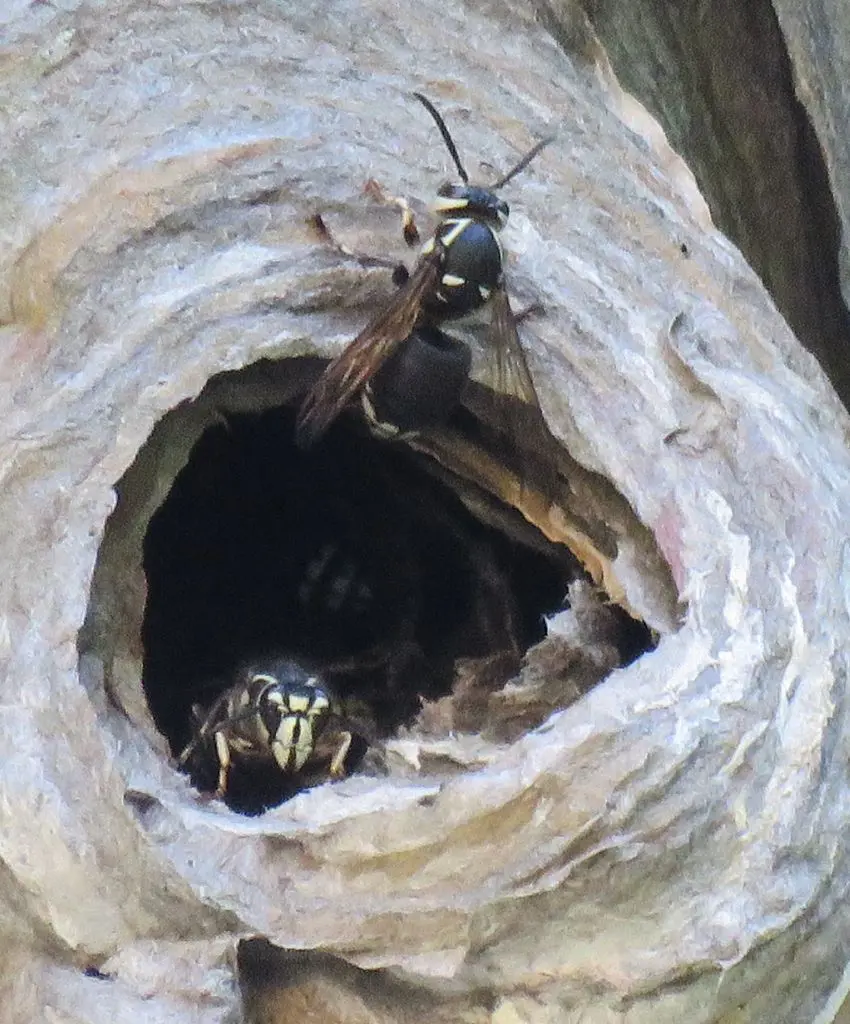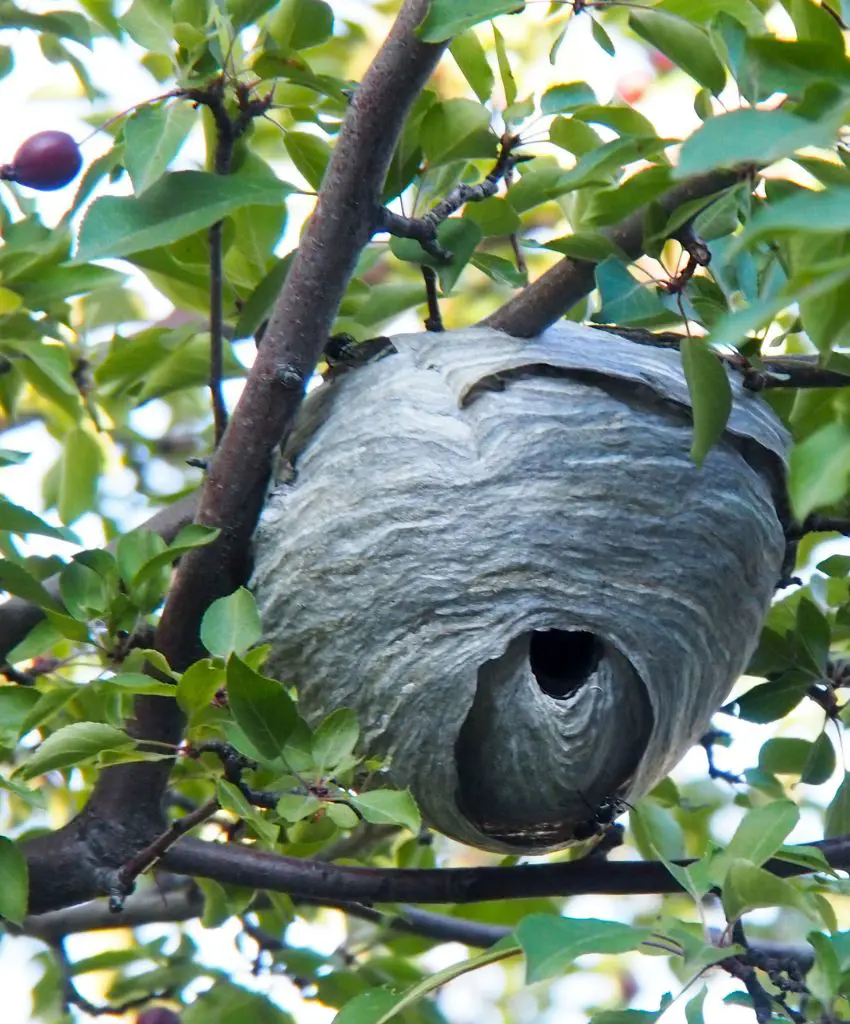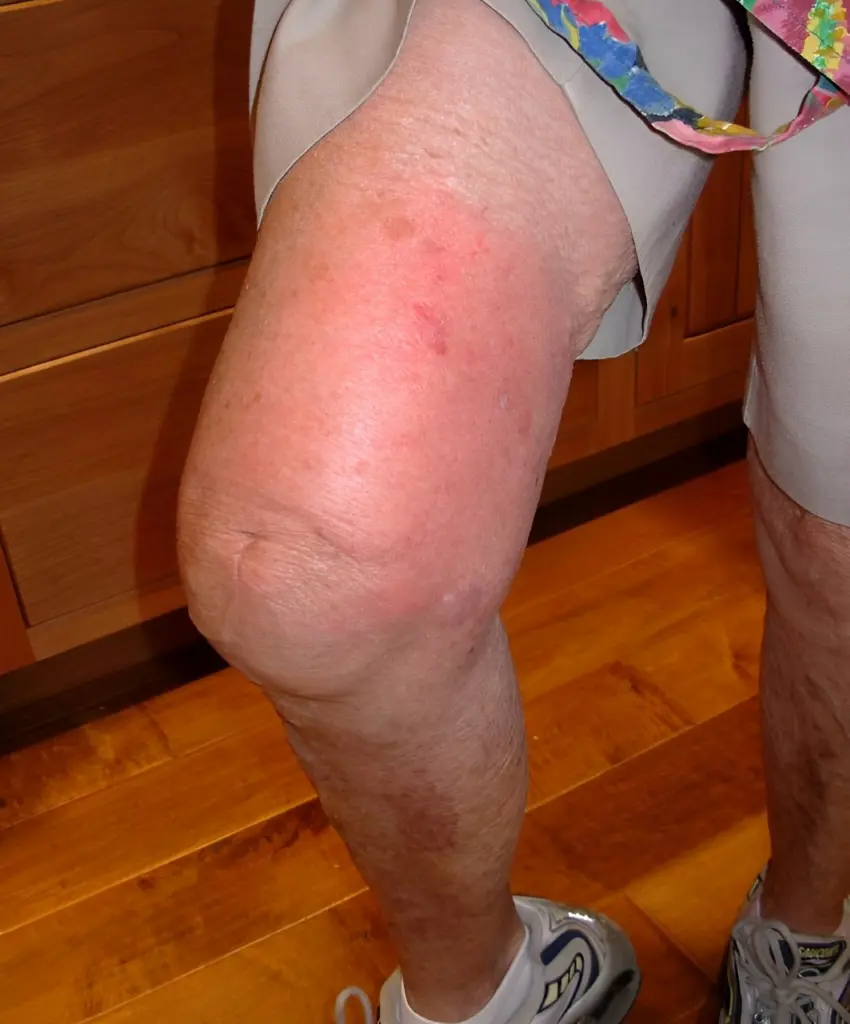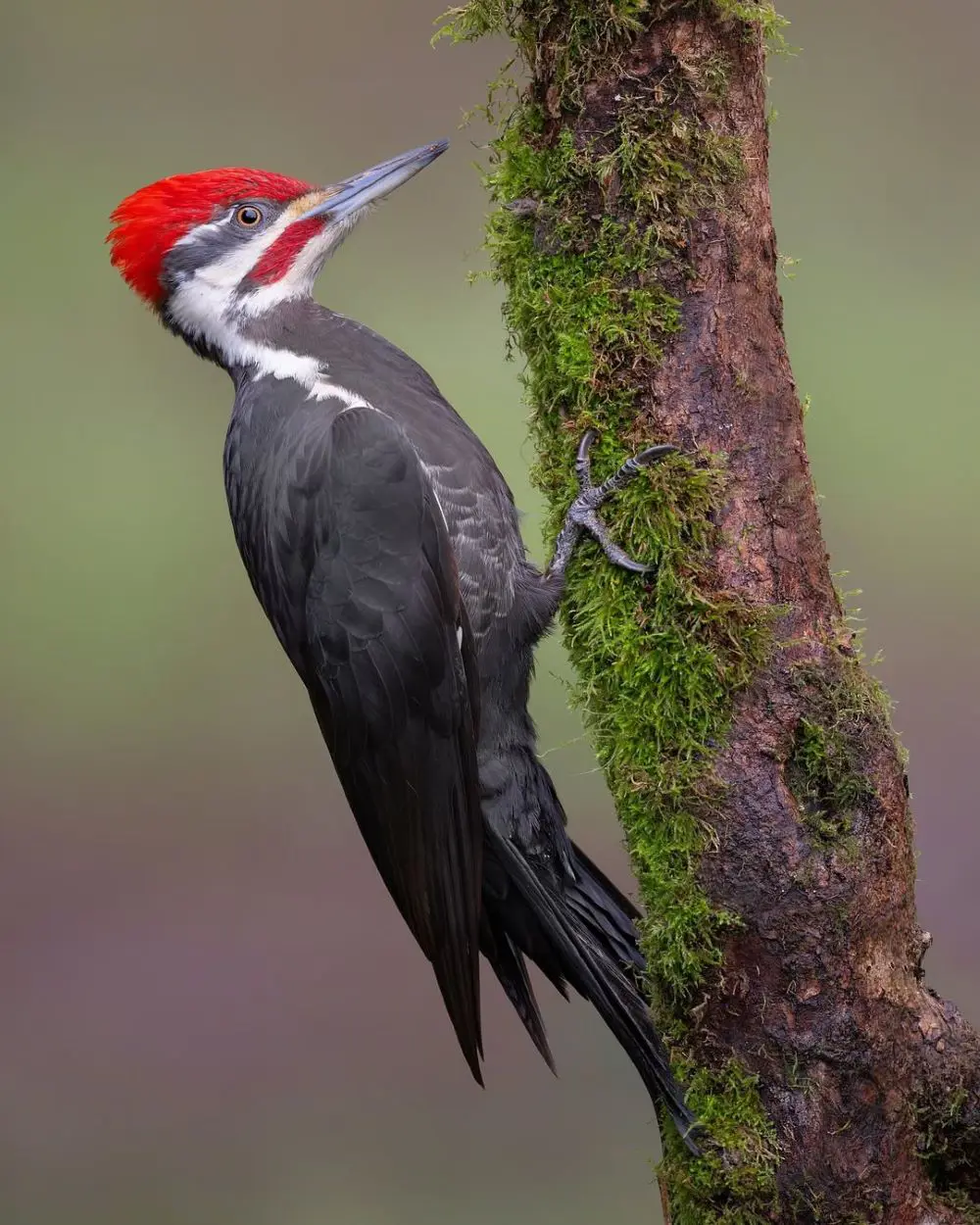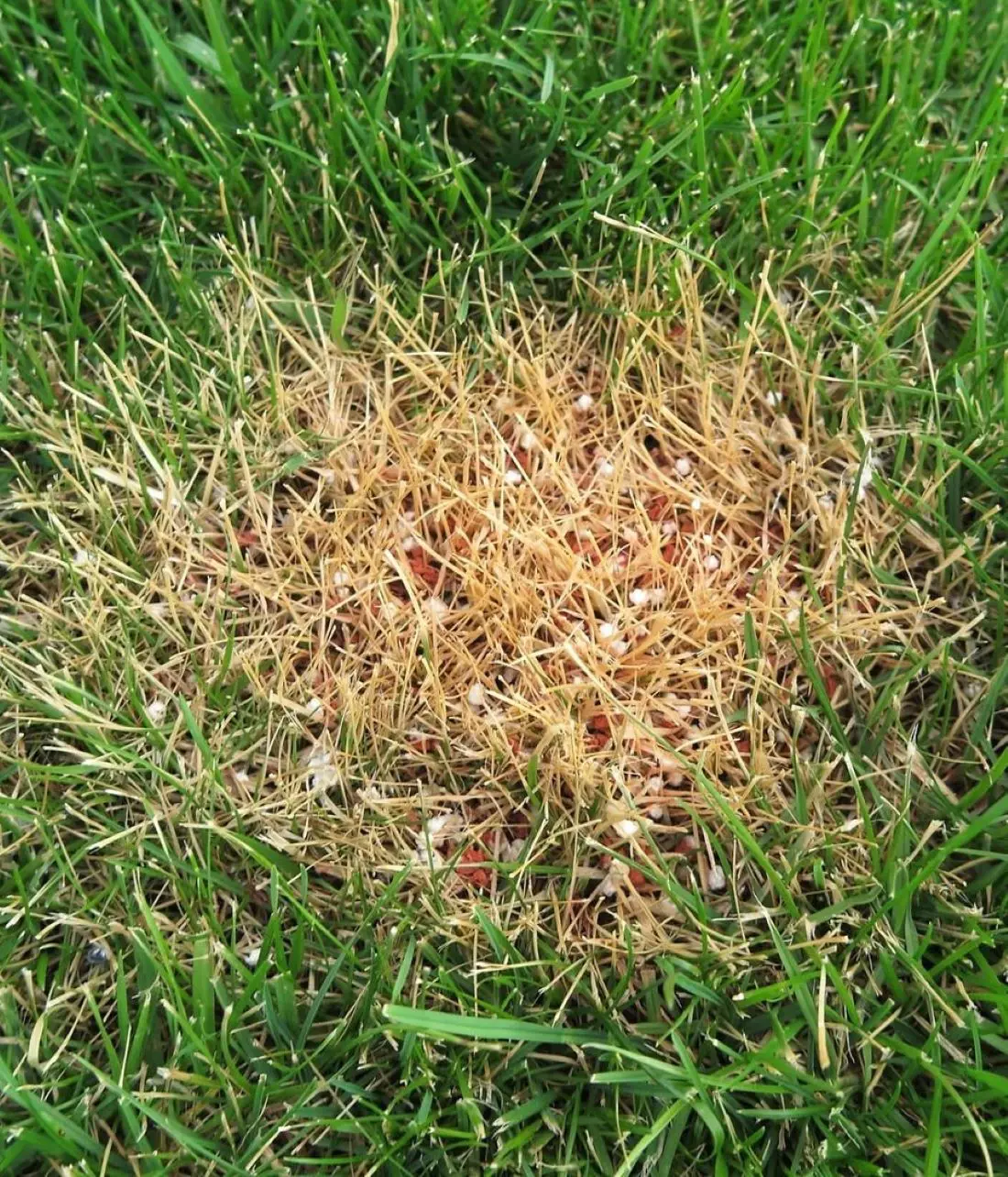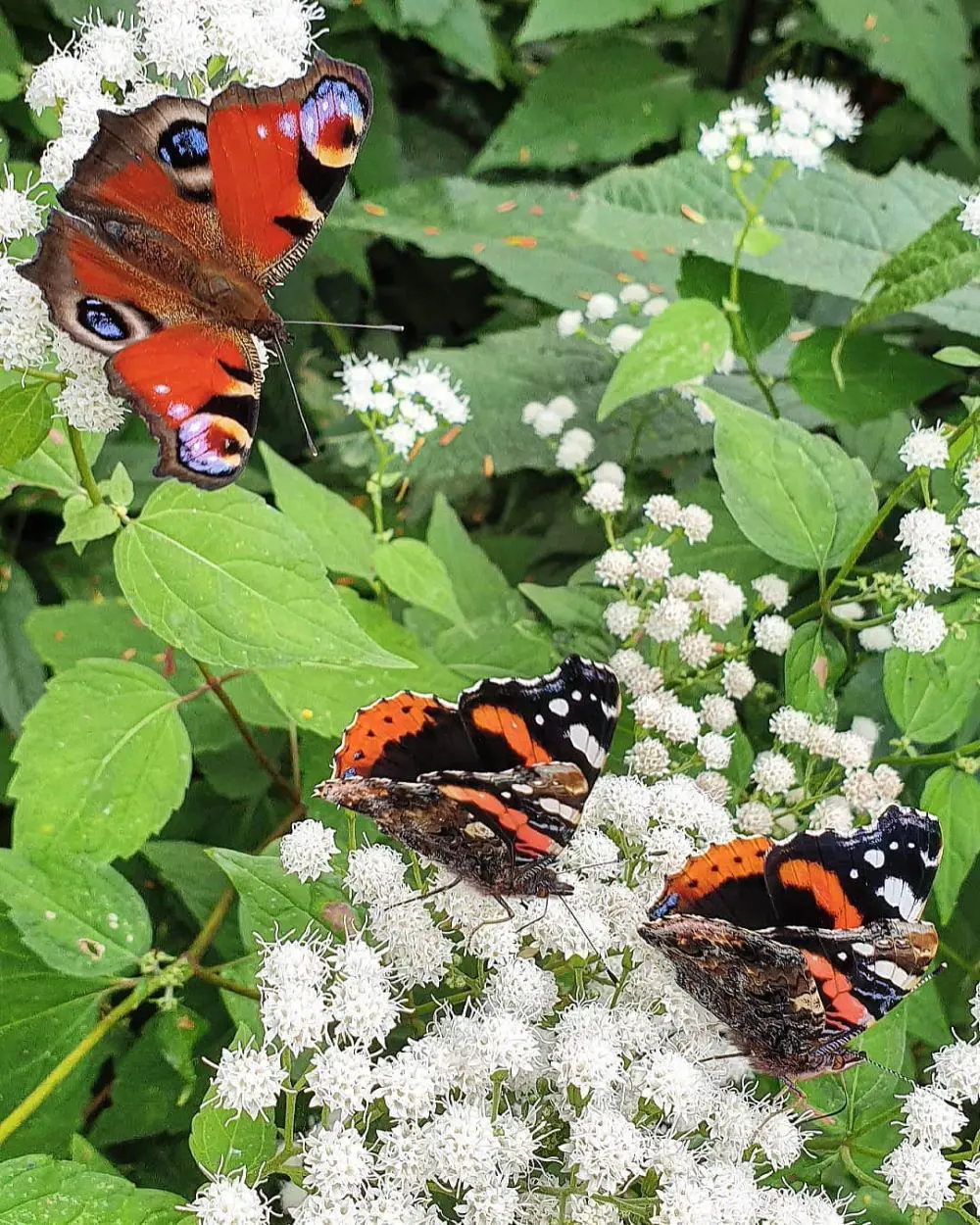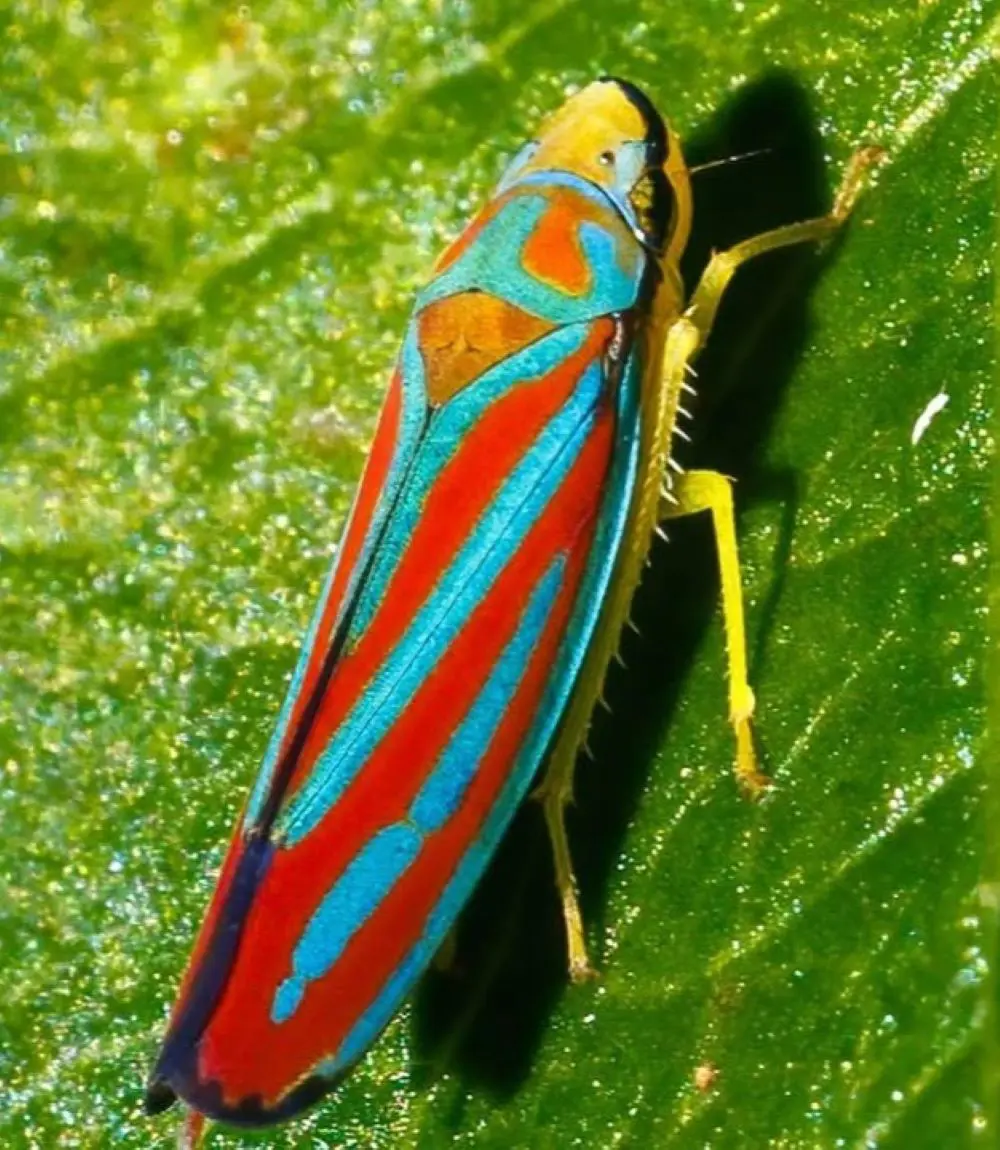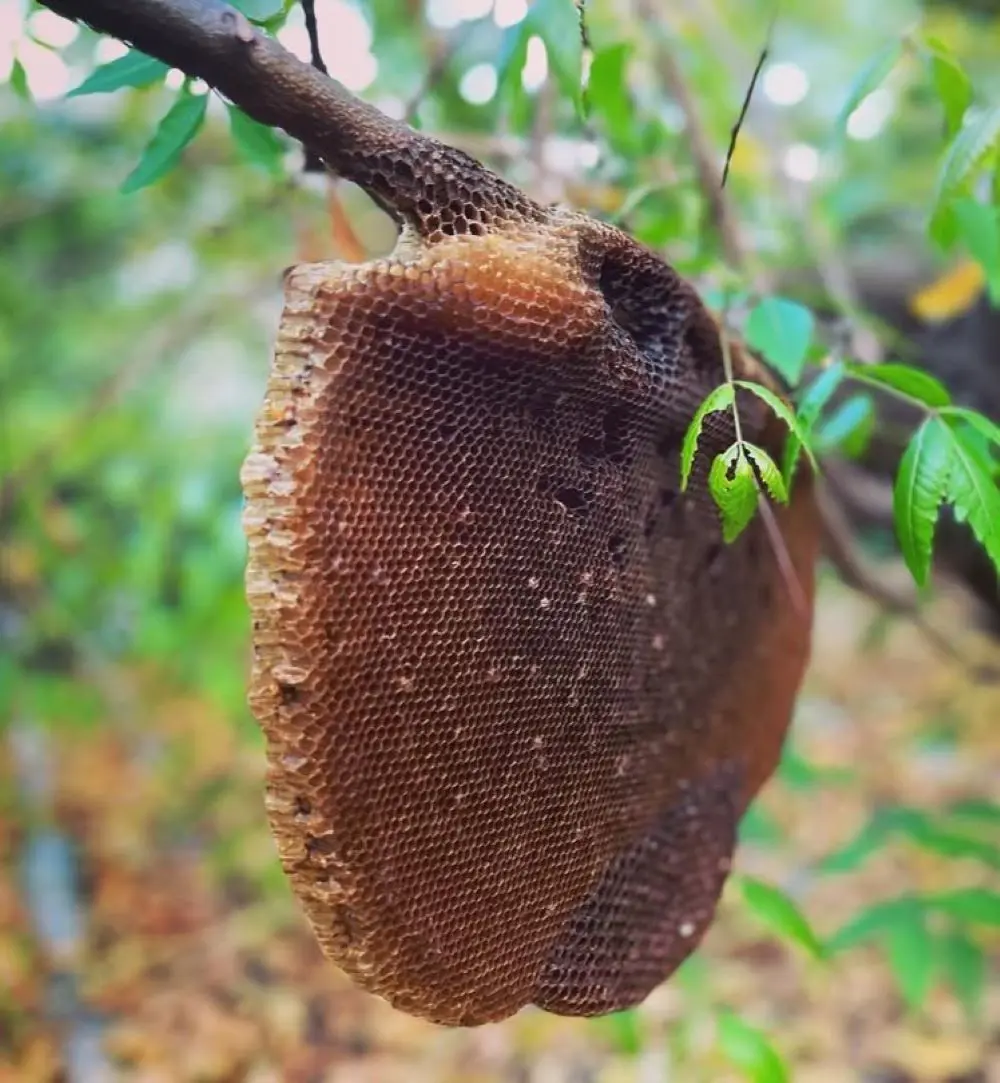How To Identify Bald Faced Hornet
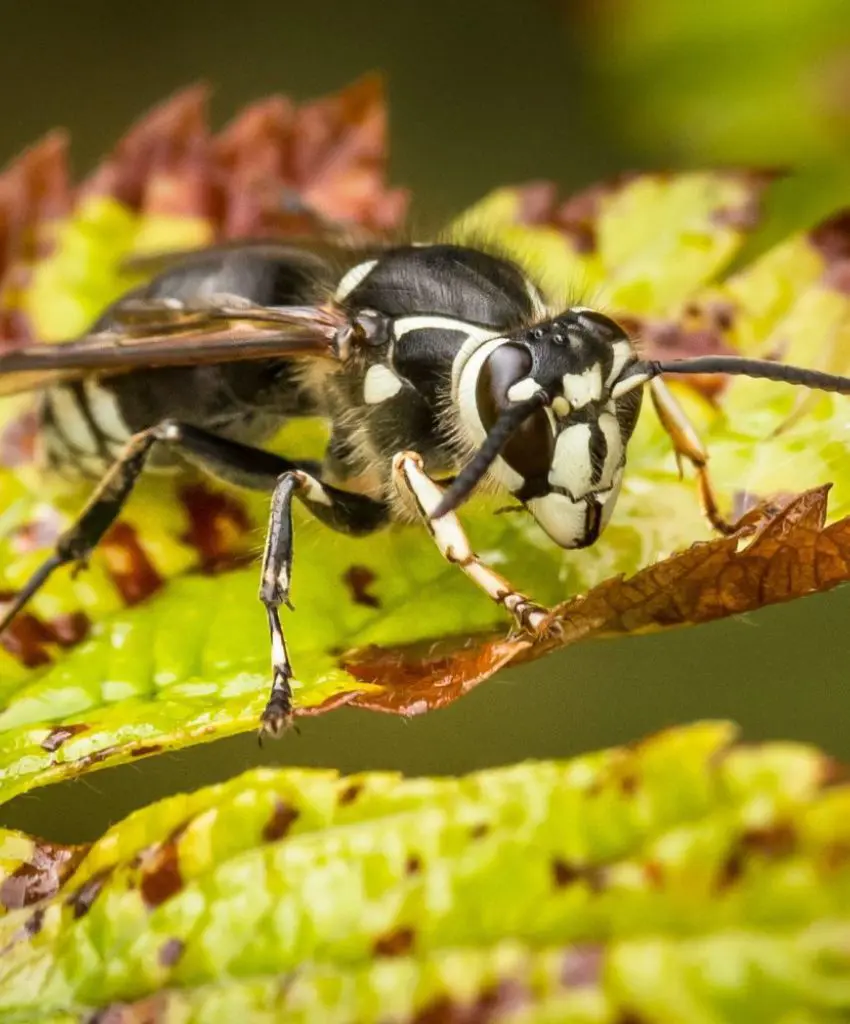
Bald-faced hornets are large, aggressive wasps recognizable by their black-and-white coloration. Here are key features for identification of these insects:
Physical Appearance
- Size: Bald faced hornets are about 0.75 to 1 inch (2 to 2.5 cm) long and this makes them larger compared to most wasp species.
- Coloration: They are designed with black and white stripes that make them unique. Their body is mostly black while on the face they possess a white color which makes them seem to be bald, especially on the cheeks and around the eyes. They also have black legs which are divided into white sections.
- Head: It has a mostly white head that has a black design on it and the eyes are large and protruding. The face is painted white and black in the form of stripes or spots.
- Wings: The wings of both sexes are clear with a faint brown color and have a distinct black line in the middle of the wings.
Behavior
Bald Faced Hornets are aggressive bees that sting their perceived enemies especially when their nest is in danger. They are able to sting repeatedly and are very aggressive in protecting their colonies.
They have large, paper-like nests which are commonly seen today on tall trees or upper edges of buildings. The nests are grayish and have a layered structure with an appearance that resembles a large football-shaped balloon.
Nest
Nests are constructed on branches or leaves, although some species may build much larger ones with a diameter of up to 14 inches (35 cm).
The nest is built using wood pulp that has been softened by chewing and saliva; it resembles paper. They begin as single units and increase in number as the colony develops during the summer months.
Lifecycle
Fertile queens initiate colonies in spring after their period of hibernation. They also produce eggs that hatch to give birth to workers who will forage for food and maintain the nest.
The nest is at its most crowded and dangerous by late summer when new queens and males are produced. The old colony disappears in the fall, and new queens become dormant to maintain the cycle the following year in spring.


